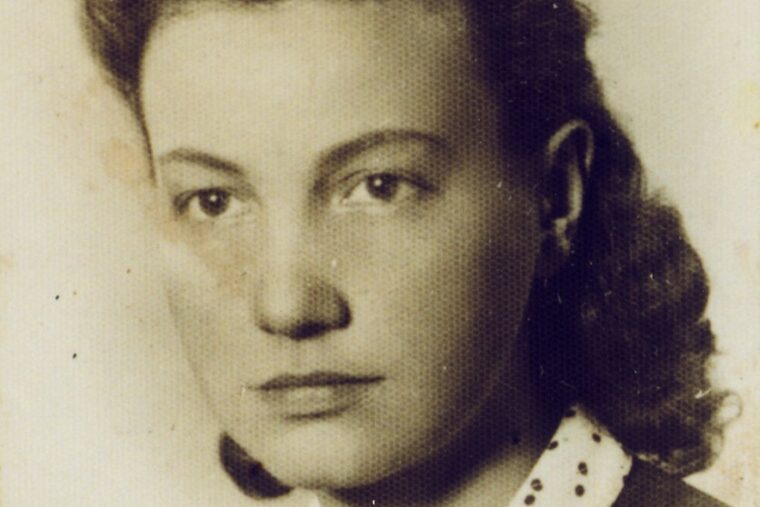Vladka Meed worked as a courier for the Jewish resistance in the Warsaw Ghetto; she smuggled in pistols, petrol and dynamite which were used in the doomed uprising of 1943 – when lightly-armed fighters emerged from the sewers and alleyways to challenge the forces of the Third Reich.
The Germans established the ghetto in October 1940, herding some 400,000 Jews – 30 per cent of Warsaw’s entire population – into a one square mile zone surrounded by a high wall topped with barbed wire. Over the next two years 100,000 Jewish inmates, including Vladka’s father, succumbed to disease, starvation or random killings. Individual food rations amounted to less than 200 calories a day and corpses were left to rot on the streets.
Vladka was born Feigele Peltel on December 29, 1921 and was still a teenager when she and her family were frogmarched into the ghetto. She recalled that despite all the suffering, ghetto life was rich with clandestine cultural activities. “Some just refused to commit suicide, continued to educate their children in secret, celebrated their holidays,” she wrote in On Both Sides of the Wall (1948), one of the first major eyewitness accounts of the destruction of Warsaw’s pre-war Jewish community.



